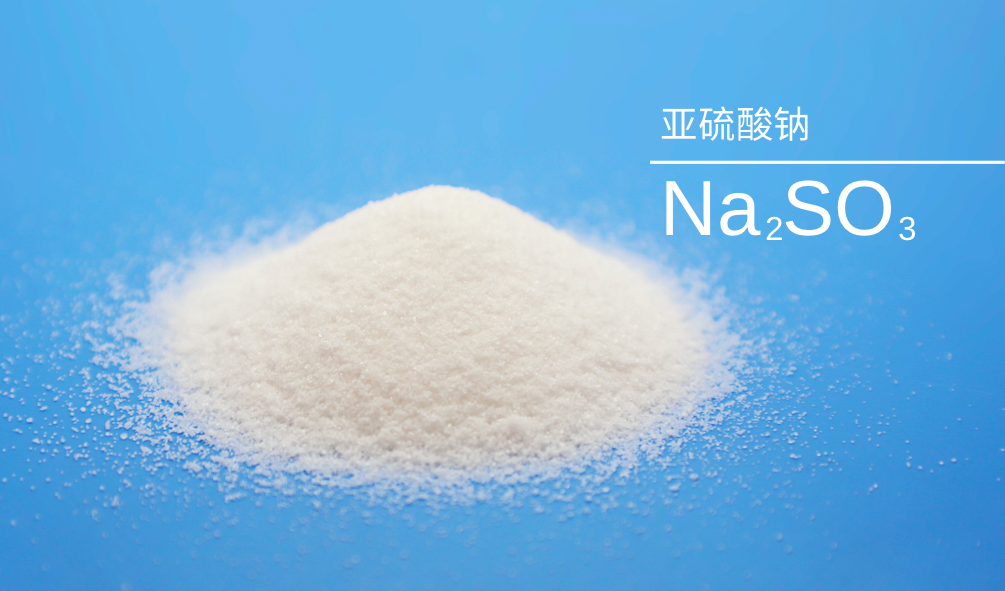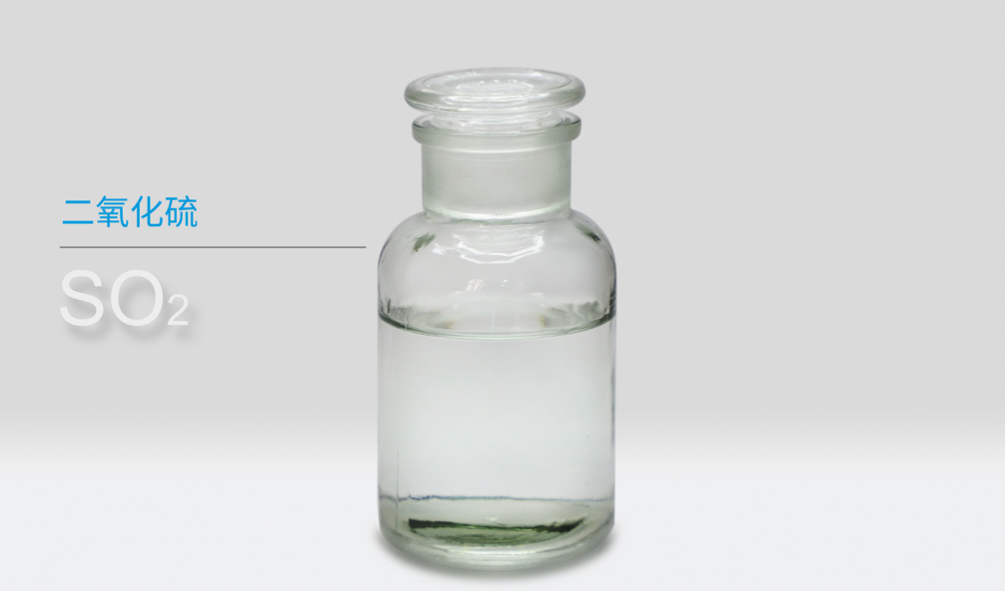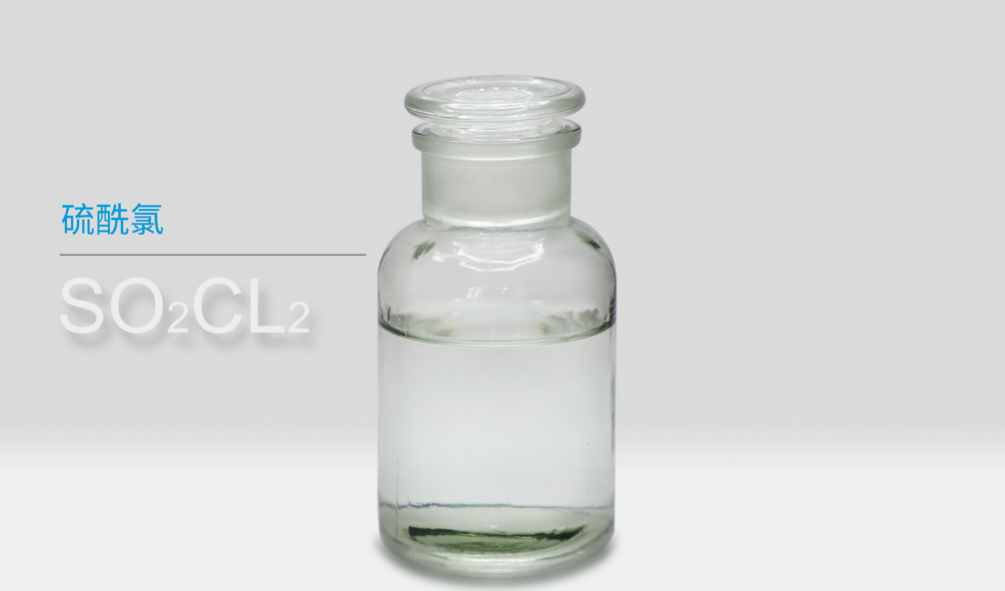

It is colorless in physical properties, colorless and toxic at room temperature with irritating odor. Its density is larger than that of air, it is easy to liquefy, and it is soluble in water (about 1:40) with a density of 2.551 g/L. Sulfur dioxide is a major air pollutant. Applications: Used in the production of sulfur and as insecticides, fungicides, bleaches and reducing agents. In the atmosphere, sulphur dioxide oxidizes to form sulphuric acid mist or Sulfate aerosols, which is an important precursor of environmental acidification. The soot in sulfur dioxide has a synergistic effect. When the concentration of sulfur dioxide in the atmosphere is 0.21 ppm and the concentration of dust is more than 0.3 mg/l, the incidence of respiratory diseases will increase and the condition of patients with chronic diseases will deteriorate rapidly. Such synergies are to blame for smog events such as the London smog, 1930 Meuse Valley fog and Donora.

Colorless pungent odour liquid. The density was 1.667 g/cm3. The melting point is -54.1 °C. The boiling point is 69.1 °C. Stable at room temperature, decomposition at high temperature, water and alkali that decomposition. Is a solvent for many substances, such as sulfur dioxide, iodine, bromine, metals, iodide, etc. . And organic solvents such as acetic acid, ether, etc. can be mutually soluble. It reacts with many inorganic compound and organic compounds. application 1. Mainly used as chlorinating or chlorosulfonating agents such as chlorination of aromaticity, chlorination of carboxylic acids and chlorination of various other organic and inorganic compound substances. It is also used in the manufacture of pharmaceuticals, dyes, Surfactant, etc. . 2. Used as Medicament, organic chlorinating agent, and in making dyes, rubber, etc. . It can also be used to treat wool fabrics.

The sodium sulfite is subject to weathering in the air and oxidation to sodium sulfate. At 150 °C, the crystal water is lost. When reheated, it melts into a mixture of sodium sulfide and sodium sulfate. The density of anhydrous material is 2.633. It oxidizes much more slowly than hydrate and remains unchanged in dry air. It is decomposed by heat to form sodium sulfide and sodium sulfate, which are decomposed into corresponding salts by contact with strong acid to release sulfur dioxide. It is highly sodium sulfite, reducing copper ions to cuprous ions (sulfite can be stabilized by forming complexes with cuprous ions) or weak oxidants such as phosphotungstic acid. The sodium sulfite and its hydrogen salts can be used in the laboratory to remove peroxide of ethers (add a small amount of water, stir the reaction slightly hot to separate the liquid, and dry the ether layer with quicklime for some of the less demanding reactions) . Can be mixed with hydrogen sulfide.
